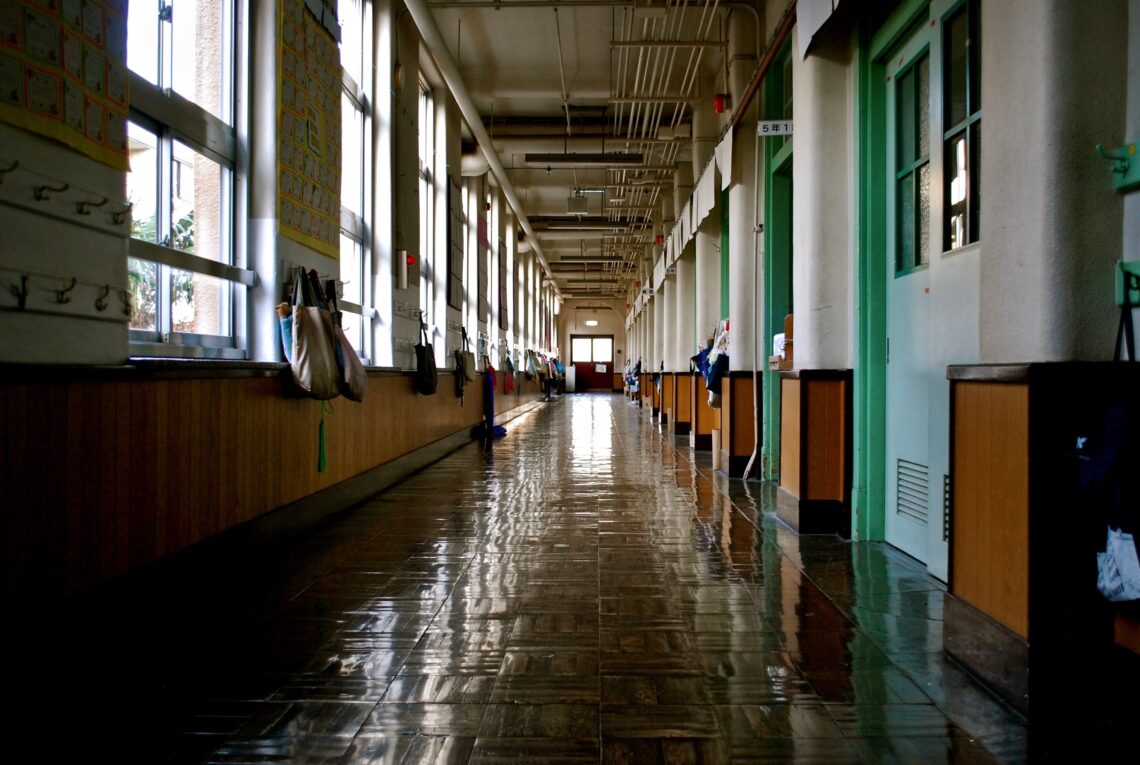
Why & Who
The main aim of the Winsome project is to find a way to make migrants feel more welcome and included in society while visiting school museums. But who are those migrants and what are their needs? A migrant is a person who moves from one place to another place, most likely in order to find work or better living conditions. An immigrant is someone who comes to live permanently in another country. Migration says nothing about a free choice of leaving one’s country of birth. Refugees are for example forced to leave their homes due to war, prosecution, or natural disaster.1 After the kick-off meeting in Athens, all partners have decided to focus on welcoming newcomers.
As the project has defined to target newcomers -who were forced to flee their own country due to war, prosecution, or natural disaster- it is necessary to get a better understanding of the process asylum seekers must face. People who seek asylum ask their host country for protection as their own country is no longer safe. In Europe there are some general established rules that ensure the safety of people in danger seeking protection. Every European country is obliged to house those who seek asylum and will grant residence once the asylum seeker has been examined by authorities. However, asylum seekers are not always refugees by definition. If the life circumstances are determined to be non-life threatening, the asylum seeker must leave their host country.2 These guidelines are described in the Geneva Convention on refugees, a series of international treaties concluded in Geneva between 1864 and 1949, with the intention to ameliorate the effects of war on soldiers and civilians.3
Asylum procedures can take up to months, depending on the type of asylum. Though every European country is ought to provide protection for those who are in need, the procedures might slightly differ as each country has its own system. As the Winsome project contains two Dutch partners, there will be a description of the procedure asylum seekers arriving in the Netherlands will have to follow in order to gain more insightful knowledge on the circumstances of the target group of this project.
Asylum seekers are received after arrival in the Netherlands at the Ter Apel or Schiphol application centre. Here they report to the AVIM (The Aliens, Identification, and Human Trafficking Unit Police), whereafter they are interviewed by the IND (Immigration and Naturalization Service) to determine their identity, nationality and travel route. Right after the interview the asylum seekers receive accommodation at the central reception centre of the COA (Central Agency for the Reception of Asylum Seekers). The asylum application process can be divided into five steps. The first step is explained above: signup and registration. The second step for asylum seekers is the registration interview, attended by an independent interpreter. The asylum seekers are being questioned about the reason for seeking protection by the IND. Hereafter the third step follows: rest and preparation time. Asylum seekers are given the opportunity to meet their lawyer and receive information about living in the Netherlands. During this period, they are accommodated in a COA location, where they are provided with medical care and pocket money for food and clothing. Step four is the general asylum procedure, where the IND, RvR (Raad voor Rechtsbijstand) and an independent lawyer will process the application together along with the asylum seeker. In the final step the IND determines whether the asylum seeker may stay or must return to the country of origin.4
As mentioned, the endurance of the procedure depends on the type of asylum. The procedure mentioned above is the most common for people who are nor born in a European country. There is also a simplified asylum procedure for those who come from a safe country, a European country or if you already have protection in a European country. This procedure is generally much faster.5 There is the Dublin procedure where a different European country must decide on the asylum application. This procedure is applicable for those who have entered Europe illegally via a different country if the asylum seeker applied for asylum in a different country or if another country gave the asylum seeker a Schengen visum. Usually, this procedure takes longer.6
Participants and funding
Winsome is a joint initiative of:
- Quiosq Heritage Projects, Leiden, The Netherlands
- School Life and Education Museum, Athens, Greece
- Nationaal Onderwijsmuseum, Dordrecht, The Netherlands
WINSOME is funded by the Erasmus+ Programme of the European Union. The European Commission’s support for the production of this publication does not constitute an endorsement of the contents, which reflect the views only of the authors, and the Commission cannot be held responsible for any use which may be made of the information contained therein.
Financial backing
 The European Commission’s support for the production of this publication does not constitute an endorsement of the contents, which reflect the views only of the authors, and the Commission cannot be held responsible for any use which may be made of the information contained therein. Project no. 2022-2-NL01-KA210-ADU-000093428.
The European Commission’s support for the production of this publication does not constitute an endorsement of the contents, which reflect the views only of the authors, and the Commission cannot be held responsible for any use which may be made of the information contained therein. Project no. 2022-2-NL01-KA210-ADU-000093428.
Amnesty International, ‘’Refugees, asylum seekers and migrants’’ (version unknown), https://www.amnesty.org/en/what-we-do/refugees-asylum-seekers-and-migrants/, accessed 5 June 2023. ↩
https://www.vluchtelingenwerk.nl/sites/default/files/2022-08/ViGdef_0.pdf , pagina 3. ↩
UNHCR The UN Refugee Acency, ‘’The 1951 Refugee convention’’ (version unknown), https://www.unhcr.org/about-unhcr/who-we-are/1951-refugee-convention, geraadpleegd op 5 juni 2023. ↩
COA, ‘’Asiel’’ (version unknown), https://www.coa.nl/nl/asiel, geraadpleegd op 14 maart 2023. ↩
https://www.rijksoverheid.nl/onderwerpen/asielbeleid/vraag-en-antwoord/procedure-asielzoeker ↩
https://euaa.europa.eu/asylum-knowledge/dublin-procedure#:~:text=Under%20the%20Dublin%20procedure%2C%20unaccompanied,examined%20in%20the%20same%20country ↩
